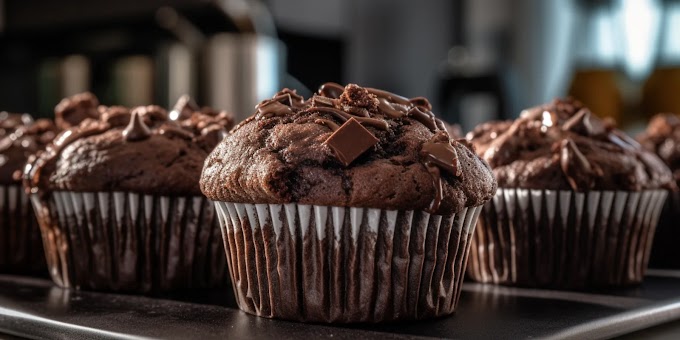Selecting the Right Peppers
Before diving into the stuffing, it’s essential to choose the right peppers. Bell peppers are the most common choice for stuffing due to their size and shape, but other varieties like poblanos or anaheims can also work beautifully. Choose peppers that are firm, have a vibrant color, and are free of blemishes. Larger peppers provide more space for stuffing, while smaller ones can be served as appetizers or side dishes.
Preparing the Peppers
Wash and Cut: Rinse the peppers under cold water and pat them dry. Slice off the tops and carefully remove the seeds and membranes. If you prefer a more uniform look, you can also slice them in half lengthwise.
Pre-roast (Optional): For added flavor and a slightly softer texture, you can pre-roast the peppers. Place them on a baking sheet and roast in a preheated oven at 375°F (190°C) for about 10 minutes. This step can enhance the peppers’ natural sweetness and make them easier to stuff.
Crafting the Perfect Stuffing
The ideal stuffing for roasted peppers should be hearty and flavorful, with a mix of textures to create a satisfying bite. Here’s a versatile stuffing recipe that can be easily customized:
Ingredients:
1 cup cooked quinoa or rice (for a gluten-free or whole grain option)
1 cup ground meat (beef, turkey, or sausage) or a plant-based substitute
1 small onion, finely chopped
2 cloves garlic, minced
1 cup diced tomatoes (fresh or canned)
1 cup shredded cheese (cheddar, mozzarella, or feta)
1/2 cup chopped fresh herbs (parsley, basil, or cilantro)
1/2 cup olives or capers (optional, for added tanginess)
Salt and pepper to taste
1 teaspoon dried oregano or Italian seasoning
1 tablespoon olive oil
Instructions:
Cook the Base: In a large skillet, heat the olive oil over medium heat. Add the chopped onion and garlic, sautéing until translucent and fragrant. If you’re using ground meat, add it to the skillet and cook until browned and fully cooked. For a vegetarian version, skip the meat and proceed with the other ingredients.
Mix in Vegetables and Grains: Add the diced tomatoes to the skillet, cooking for another 5 minutes until they begin to break down. Stir in the cooked quinoa or rice, mixing well to combine. If you’re using olives or capers, add them now. Season with salt, pepper, and dried oregano or Italian seasoning.
Incorporate Cheese and Herbs: Remove the skillet from heat and stir in the shredded cheese and fresh herbs. The cheese should begin to melt and combine with the other ingredients, creating a cohesive filling. Taste and adjust the seasoning if necessary.
Stuff the Peppers: Spoon the stuffing mixture into the prepared peppers, packing it in firmly. If you’ve pre-roasted the peppers, ensure they’re cooled slightly before stuffing. For added flavor, you can sprinkle some extra cheese on top of each stuffed pepper.
Bake: Place the stuffed peppers upright in a baking dish. Cover with foil and bake in a preheated oven at 375°F (190°C) for 25-30 minutes, or until the peppers are tender and the stuffing is heated through. Remove the foil in the last 10 minutes of baking to allow the tops to brown slightly.
Variations and Tips
Protein Options: Experiment with different proteins like ground chicken, pork, or tofu. Each will impart a unique flavor to the stuffing. For a Mediterranean twist, try adding crumbled lamb.
Vegetarian and Vegan Alternatives: Substitute the meat with lentils, chickpeas, or a store-bought vegan meat crumble. You can also use nutritional yeast in place of cheese for a cheesy flavor without dairy.
Grains and Carbs: While quinoa and rice are excellent options, consider using couscous, barley, or farro for different textures and flavors. Each grain has its own unique taste and bite.
Add Some Crunch: For added texture, incorporate nuts like pine nuts or chopped almonds into the stuffing. They provide a delightful crunch and complement the other ingredients.
Sauces and Toppings: Before serving, drizzle with a balsamic glaze or a sprinkle of additional herbs. A dollop of Greek yogurt or a squeeze of lemon juice can also enhance the flavor profile.
Serving Suggestions
Stuffed peppers are versatile and can be served in various ways:
As a Main Dish: Pair them with a side salad or a light soup for a complete meal.
As an Appetizer: Use smaller peppers or cut larger ones into halves for bite-sized portions.
As a Side Dish: Serve alongside grilled meats ora grain-based salad for a well-rounded meal.
Conclusion
Making the perfect stuffing for roasted peppers involves selecting the right ingredients and balancing flavors and textures. With the right combination of grains, proteins, vegetables, and seasonings, you can create a stuffing that enhances the natural sweetness of the peppers and provides a satisfying and flavorful meal. Whether you prefer a classic meat filling or a creative vegetarian option, stuffed peppers are sure to impress and satisfy your taste buds.








Social Plugin